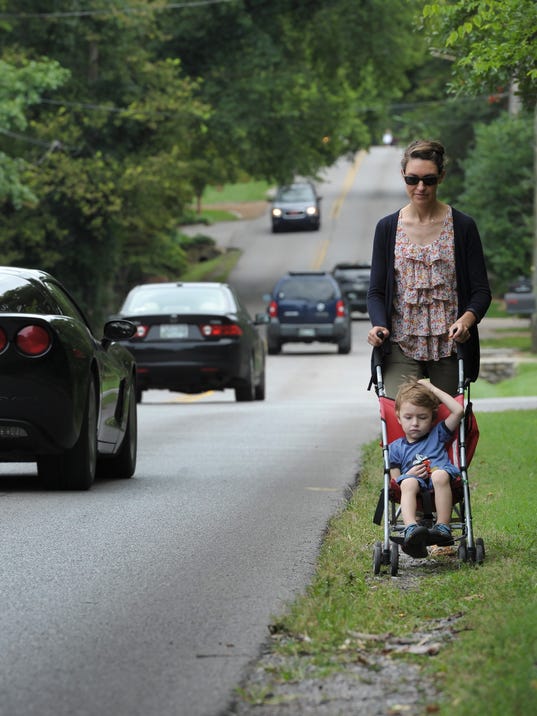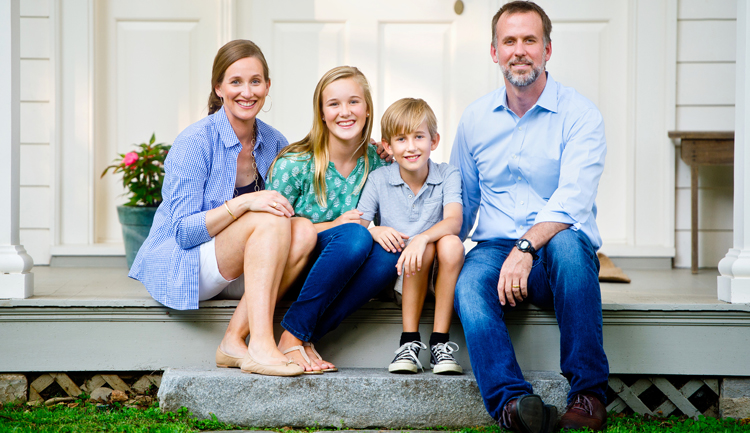I get my haircut on 8th Av South. I'm always struck by how it feels: a place to pass through. Quickly.
I only go there to visit a specific business & then move on.
There is little life on 8th. The sidewalks are uncomfortable - not a spot of shade to be found - directly next to busy, fast paced traffic. The blocks are ridiculously long. The curb appeal is zero. There are no people! Which means no one to pop into one of the shops. Just cars -whizzing by.
To me, in its current state, 8th Av is essentially a thoroughfare for cars heading to more distant neighborhoods.
It doesn't seem fair that those distant neighbors should deny this area's improvement just to keep a quick way home. I65 is so nearby.
I only go there to visit a specific business & then move on.
There is little life on 8th. The sidewalks are uncomfortable - not a spot of shade to be found - directly next to busy, fast paced traffic. The blocks are ridiculously long. The curb appeal is zero. There are no people! Which means no one to pop into one of the shops. Just cars -whizzing by.
To me, in its current state, 8th Av is essentially a thoroughfare for cars heading to more distant neighborhoods.
It doesn't seem fair that those distant neighbors should deny this area's improvement just to keep a quick way home. I65 is so nearby.
I don't know what the answer is except having city leadership commit to walking and biking as a main mode of transportation. With that viewpoint, the decision is easy to make. You listen to the commuters but filter the final decide through what is best for ALL.
I vote for 8thAv S being a community. In its current state, 8th Av is not great. There is not much life here. But, it could be vibrant! This reminds me of both the West End issue and the one in Green Hills. Both communities are ok but could be great with proper infrastructure for both bikes and pedestrians.
Development is going to occur. The decision comes down to development with great infrastructure (bike lanes, walkways and public parks/green spaces) or without.
Is 8th Avenue South a cut-through or is it a community? We vote community. #VibrantSafe8th
http://www.newschannel5.com/news/new-developments-raise-questions-about-8th-ave-south
NASHVILLE, Tenn. - Is 8th Avenue South a cut-through or is it a community? That question has become the center of a debate over how to change the road in Berry Hill.
It would be fair to call the Melrose Neighborhood a construction zone, for now. Several new apartments and restaurants will bring around 1,000 new people to the intersection on 8th Ave South and Craighead alone.
"It's a fast growing part of town and it's exciting to bring your residents in," said Broadstone 8South Spokesperson Justin Wilson.
Broadstone 8South is one of the complexes getting in on the action. But differentiating itself from the pack, it brings with it an alternative to hundreds of extra cars constantly on the road: dozens of custom bikes for residents to use.
"The easier you make it for people, the more apt they are to do it," Wilson said, talking about cycling. The complex has entrances both on 8th Ave and on Elliot Ave, which will send cyclists toward the 12 South neighborhood.
They hope they help cycle the neighborhood forward.
Right now, not even the Executive Director of Walk Bike Nashville will bike on 8th Ave South.
"I don't feel very safe biking here," admitted Walk Bike Nashville Director Nora Kern to NewsChannel 5, "I bike almost everywhere I go, but this part of town is really hard to get to safely by bicycle."
The city has ideas on the table that could make things better: more crosswalks, slower driving speeds and also a "road diet," changing 8th from four lanes to two plus a center turn lane to make room for bike paths and better sidewalks.
"The city's changing. And this street is changing no matter what. So doing nothing really isn't an option," Kern said.
The road diet is an option some business owners loudly protest, with large blue signs that read "Don't shut down 8th Ave" up and down the street. One sits in James Kopcsak's parking lot.
"I do not see enough bikers on 8th Avenue to compensate to narrow it to two lanes," said Kopcsak, the owner of Classic Modern.
He says he supports other ideas to make the area friendlier to walkers and bikers, but thinks the road diet is too far. He knows 8th is currently a common cut-through to Williamson County.
A recent TDOT study may surprise many who drive in the area. It shows that over the past 30 years, traffic counts on 8th in that neighborhood have remained relatively stagnant, compared with the exploding I-65 corridor nearby.
As the neighborhood changes, all eyes are on the future. Many agree the community is closely tied to what happens on the road.
"We're open and we're excited to see where this neighborhood goes," Wilson said from the Broadstone 8South. The first residents will move in this weekend. Studio apartments are offered starting at $1329.
One of two traffic studies are complete on 8th Ave South, with the results from the second expected in the fall. Click here for a link to the information from the first study














